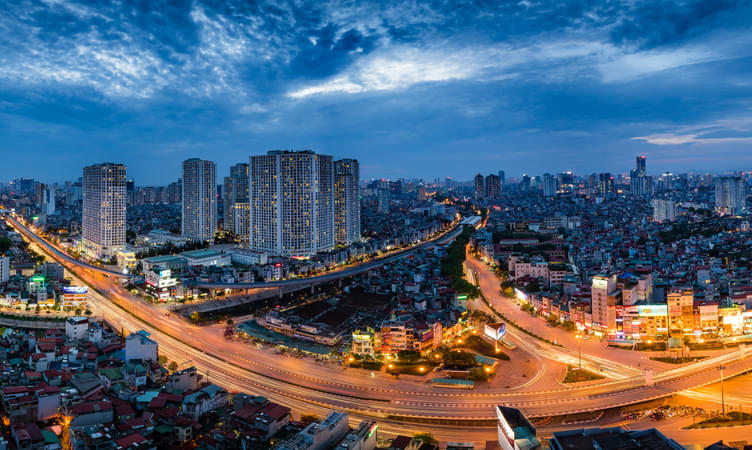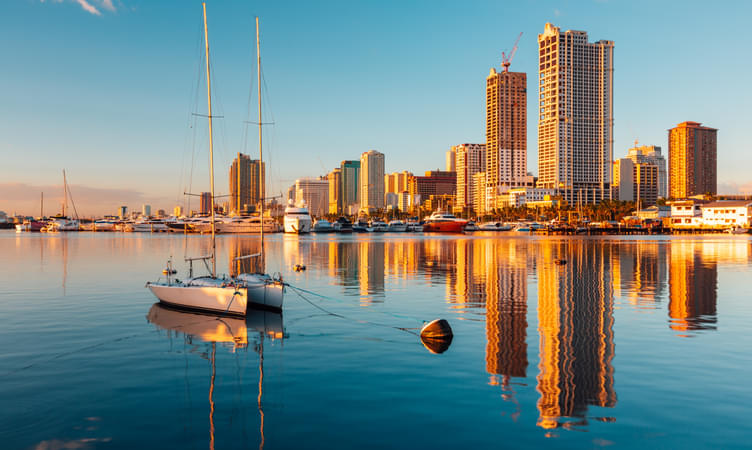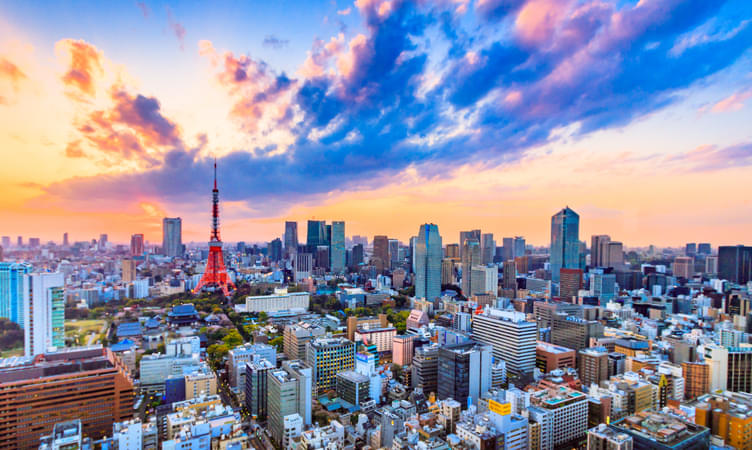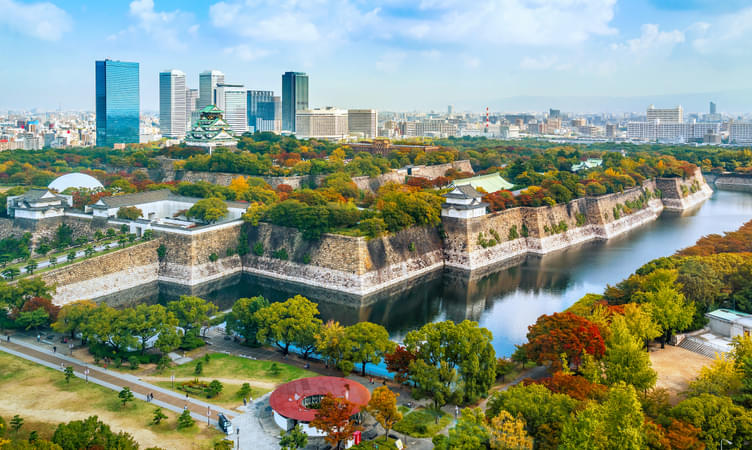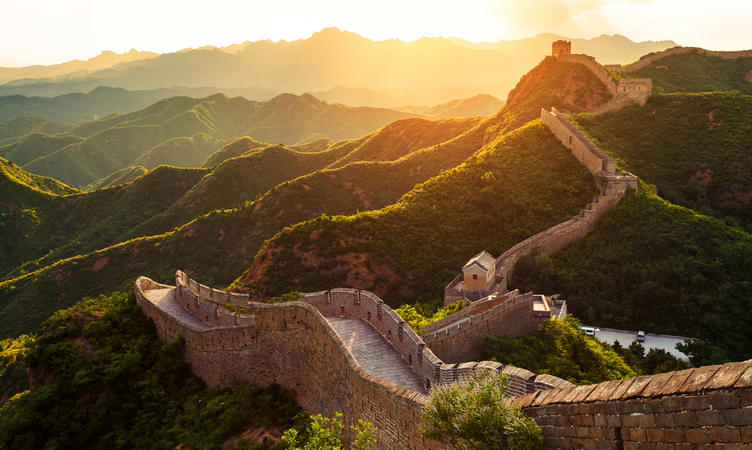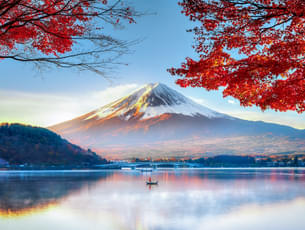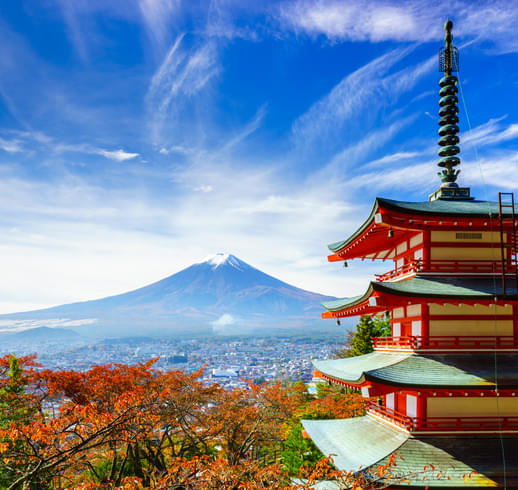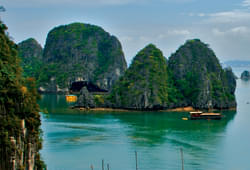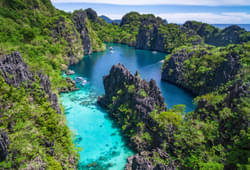Japan Itinerary for 7 Days
Day 1: Arrival in Tokyo

- Itinerary before lunch: Spend a leisurely day resting at the hotel or exploring the nearby areas.
- Lunch places recommended: Sushi Dai at Tsukiji Market, Ramen Street at Tokyo Station, or Gyukatsu Motomura.
- Post-lunch itinerary: Visit the lively Shibuya area, experience the famous Shibuya Crossing, and admire the Hachiko Statue.
- Dinner places recommended: Ichiran Ramen in Shinjuku, Uobei Shibuya Dogenzaka, or Gonpachi Nishi-Azabu.
- Hotel recommendations: Shibuya Excel Hotel Tokyu, Keio Plaza Hotel Tokyo.
Day 2: Tokyo City Tour – Shibuya, Yanaka, and Ueno

- Itinerary before lunch: Tokyo Tower
- Lunch places recommended: GYOPAO Gyoza Roppongi, Den
- Post-lunch itinerary: Imperial Palace Plaza, Nijubashi Bridge, Hinode Pier, Sumida River Cruise, Sensoji Temple
- Dinner places recommended: Torikizoku Ueno, Shinsuke Izakaya.
- Hotel recommendations: Hotel Graphy Nezu, Mitsui Garden Hotel Ueno, or Tokyo Dome Hotel.
Day 3: Tokyo – Mt. Fuji – Hakone

- Itinerary before lunch: Travel to Mt. Fuji’s 5th Station for breathtaking views and photo opportunities.
- Lunch places recommended: H?t? Fud? near Lake Kawaguchi, Momiji-Tei.
- Post-lunch itinerary: Head to Hakone, where you can enjoy the Hakone Ropeway, visit Owakudani Valley, and take a Lake Ashi cruise.
- Dinner places recommended: Gora Kadan, Itoh Dining by Nobu, or Hakone Akatsukian.
- Hotels recommendations: Hakone Kowakien Ten-yu, The Prince Hakone Lake Ashinoko, Hakone Ginyu Ryokan.
Day 4: Hakone to Kyoto

- Itinerary before lunch: Transfer to Kyoto
- Lunch places recommended: Ganko Sushi near Kyoto Station, Menbaka Fire Ramen, or Kyoto Gogyo.
- Post-lunch itinerary: Visit Fushimi Inari Shrine and walk through its iconic torii gates.
- Dinner places recommended: Kikunoi, Gion Nishikawa.
- Hotel recommendations: Hotel Granvia Kyoto, The Thousand Kyoto, or Hyatt Regency Kyoto.
Day 5: Kyoto to Nara Tour

In case it’s a weekend, public holiday, or any special day, visit the Kitano Tenmangu Shrine instead. Enjoy a delicious Japanese-style lunch with both vegetarian and non-vegetarian options before continuing to Nara. In Nara, explore Todai-ji Temple, famous for its massive bronze Great Buddha and impressive wooden structure, and stroll through Nara Park. Visit Kasuga Taisha Shrine, another UNESCO World Heritage Site, and stop at Nara Nagomikan, the city’s largest souvenir shop. Conclude the day with an overnight stay in Kyoto.
- Itinerary before lunch: Travel to Nara and explore Todai-ji Temple and Nara Park.
- Lunch places recommended: Kamakura Pasta, Edogawa Nara Main Branch.
- Post-lunch itinerary: Visit Kasuga Taisha Shrine and wander through the charming streets of Naramachi.
- Dinner places recommended: Narisawa, Ginza Ky?bey Honten.
Day 6: Kyoto City Tour

- Itinerary before lunch: Leisure or sightseeing as per your choice.
- Lunch places recommended: Yudofu Sagano, Shoraian
- Post-lunch itinerary: Leisure or sightseeing as per your choice
- Dinner places recommended: Hyotei, Ganko Takasegawa Nijoen, Kikunoi Roan.
Day 7: Depart from Kyoto

Suggested activity – You can explore Nishiki Market or shop for souvenirs in the Gion district if time permits.
You can also explore: Things to Do in Osaka
Essential Information For Visiting Japan For 7 Days
Weather and Climate

Summers (June to August) are hot and humid (25°C to 35°C) with lively festivals like Gion Matsuri offering a cultural feast for visitors. Winters (December to February) are cold, with temperatures dipping as low as -5°C, making it a prime season for skiing, snowboarding, and enjoying Japan’s famous hot springs.
Visa Details

- A passport that carries at least 6 months of validity with at least two blank pages.
- Confirmed flight tickets (round-trip)Proof of accommodation and financial statements.
- A filled visa application form with a recent passport-size photo.
- Visa processing fees are approximately ?500, with a timeline of 5–7 working days. Ensure all documents are accurate to avoid delays.
What to Pack

- Clothing: Pack according to the season. Light layers for summer, warm clothes for winter, and waterproof jackets for the rainy season.
- Electronics: Japan uses Type A and B plugs with a voltage of 100V and hence, it is recommended to carry a universal adapter and power bank.
- Footwear: Comfortable walking shoes, umbrella or raincoat for unexpected showers, personal medicines, toiletries, and a first-aid kit.
Language & Currency

While Japanese is the primary language, English signage is common in cities. Learning basic phrases like "Arigato" (Thank you) can help.
Currency:
Japan uses the Yen (¥). It’s recommended that you carry cash for small transactions, as not all establishments accept cards.
Money-Saving Tips

- Opt for a Japan Rail Pass or prepaid cards like Suica or Pasmo for extensive travel.
- Choose budget accommodations like hostels, capsule hotels, or business hotels.
- Dine at local izakayas (pubs) or convenience stores for affordable yet delicious meals.
- Visit free-of-cost attractions like public parks, temples, and cultural districts.
- This guide ensures a seamless, enjoyable trip with an informed and well-planned 7 days Japan itinerary.
Money Exchange

Currency exchange is available at airports, banks, and authorised money changers. ATMs in post offices and convenience stores like 7-Eleven accept international cards, but remember to confirm with your bank about international transaction fees. It is suggested that you carry enough cash for transport, food, and smaller purchases to avoid hassles in your Japan Itinerary for 7 Days.
Getting Around in Japan

- Trains and Subways: The Japan Rail (JR) network connects major cities, while local subway lines ensure seamless intra-city travel.
- Buses: Reliable and well-connected and are great options to reach smaller towns and areas that are not accessible by train.
- Taxis: Taxis are ideal for both long and short distances as they offer convenience and privacy. Though taxis are expensive, they are the best choices for late-night travel and offer last mile connectivity.
- Apps: Ride-hailing services like Uber and DiDi are available in urban areas and offer both inter and intra-city transfers.
- You can also take prepaid cards such as Suica or Pasmo as they make public transport and thus your Japan Itinerary for 7 Days easier.
- For long-distance travel, the Japan Rail Pass is highly recommended as it offer unlimited access to JR trains for a fixed duration.





































.jpg?gravity=center&width=90&height=90&crop=fill&quality=auto&fetch_format=auto&flags=strip_profile&format=jpg&sign_url=true)


